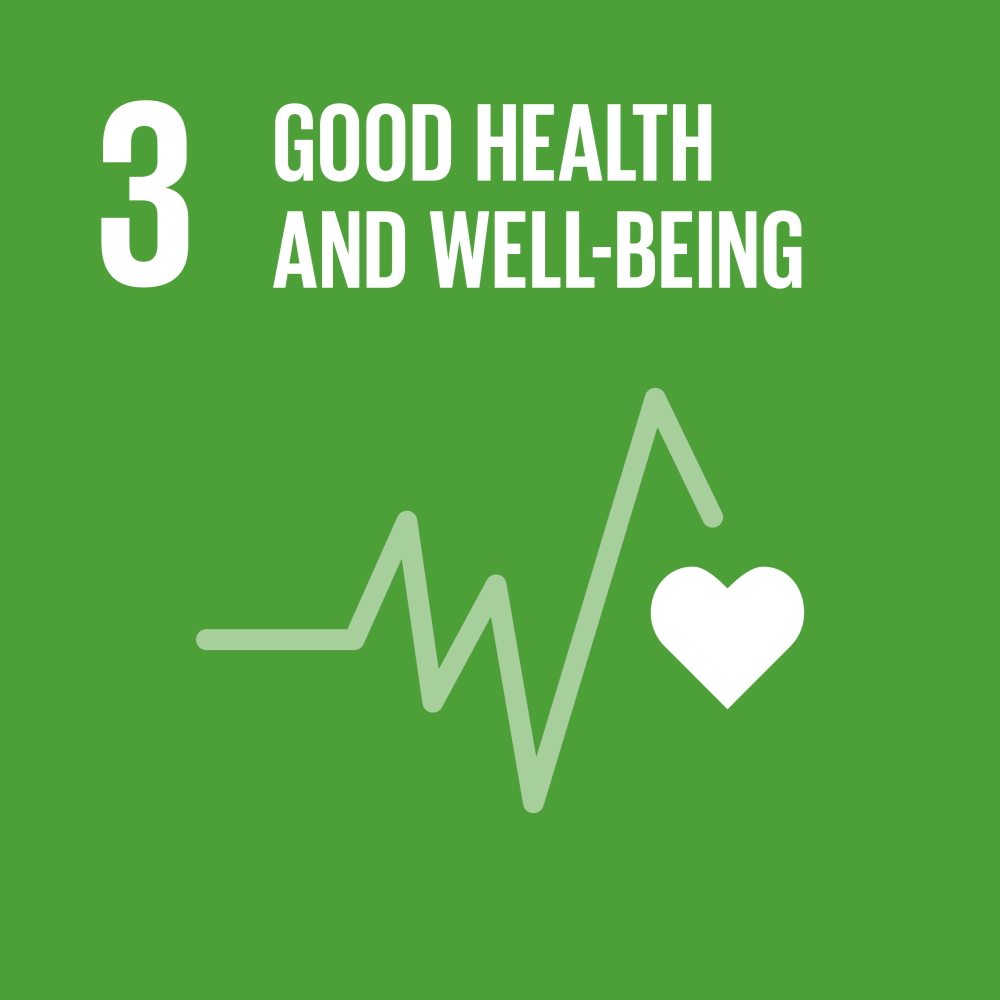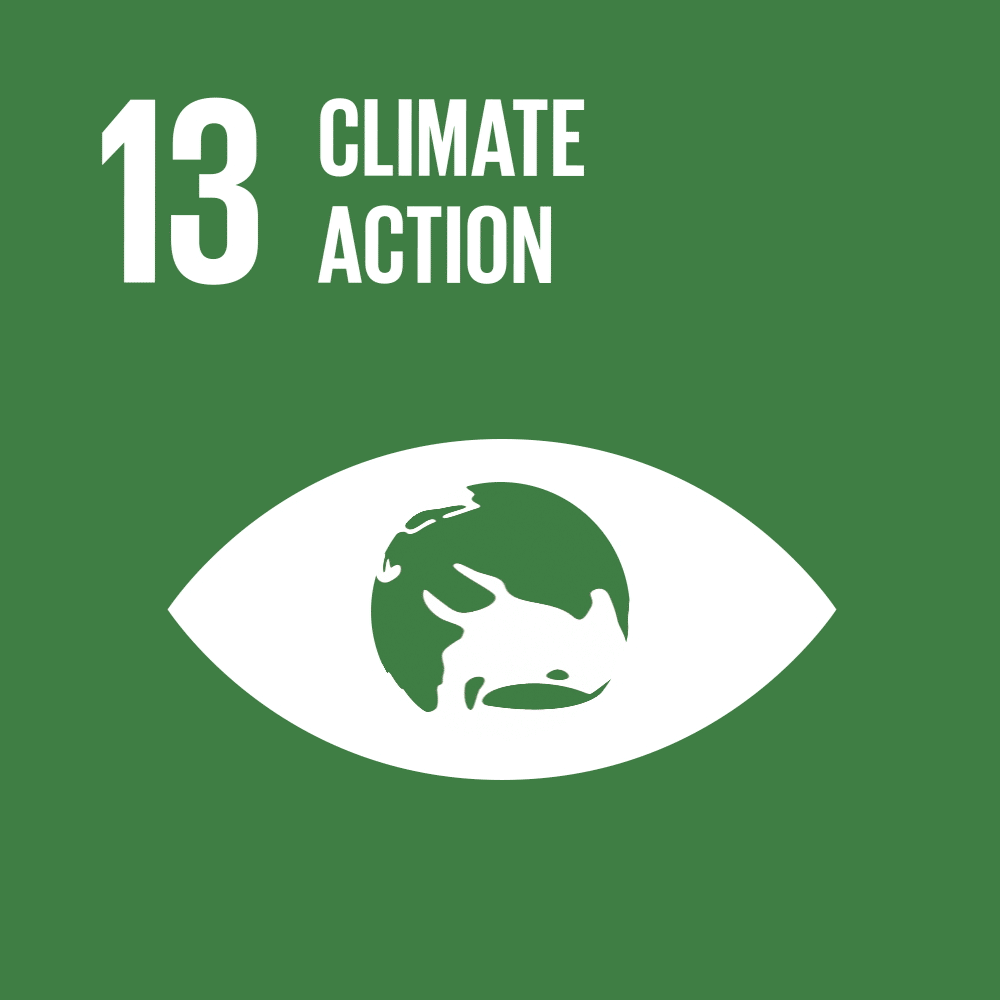Problem:
Lima’s air quality is considered the poorest in the South America region, and this affects the health of millions of people. Among them, PM 2.5 levels are considered a risk that can trigger respiratory disease in the vulnerable population as pediatric or oldest. Moreover, there isn't an integrated control system for monitoring those contaminants so this difficults its monitoring and management.
Idea:
We plan on building a paper-based low cost air quality biosensor that can be placed as a sticker near car exhaust pipes of cars and other forms of heavy transport (particularly trucks and buses). This way, the general public and transportation authorities can get a simple and effective visual indicator of the level of pollution generated by the vehicle.
Main Beneficiaries:
The beneficiaries are mostly the vulnerable population (children under 5 years of age and senior citizens, particularly those who work informally on the streets). According to the National Center for Epidemiology, Disease Prevention and Control (Peruvian Health Minister), in 2020 there were 4081 severe cases of pneumonia and thousands other cases of respiratory illnesses among children younger than 5 years of age. It is estimated that 1 out of every 5 children in Peru suffer from asthma, which translates to 265,000 children under five years of age, with the majority of cases found in the cities of Lima and Callao.
Stage:
Inspiration and ideation
SDG:
GOAL 3: Good Health and Well-being
GOAL 13: Climate Action


University:
Universidad Peruana Cayetano Heredia (Perú)

